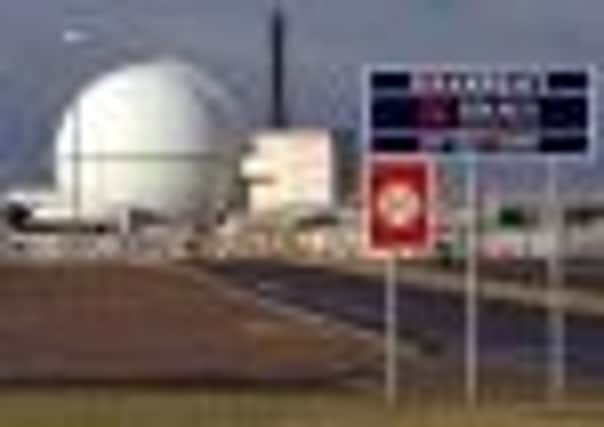Quick clean-up of Dounreay set to save taxpayers £1bn


The authority believes it is now nine years ahead of schedule after re-awarding the site closure contract earlier this year.
Chief executive John Clarke, writing in the organisation’s annual report published yesterday, said the competition for the major decommissioning operation had been a milestone in its mission to clean up the UK’s nuclear legacy and bring down the cost.
Advertisement
Hide AdAdvertisement
Hide AdHe added: “The appointment of a new consortium, the Babcock Dounreay Partnership consisting of Babcock International Group, CH2MHill and URS, and which marks the culmination of a two-year process, will bring forward decommissioning time frames and reduce costs by well over £1bn.
“The site is now scheduled to reach its interim state, when all major decommissioning work is completed, significantly earlier than originally envisaged, potentially achieving this important milestone in 2023.”
In 2000 the site restoration was set out in a 60-year plan, costing £4.3bn. This was reduced in 2007 to £2.9bn, with completion in 2032.
Mr Clark said: “These reduced costs and dates exceed the criteria set for the competition by a significant degree and demonstrate the very real value that has been secured from this procurement exercise.
“We are delighted to be embarking on a partnership with BDP, who will use their global expertise to enhance innovation, improve clean-up and provide value for money to the taxpayer, and by embedding socio-economic commitments into the contract will provide reassurance that impacts from gradual site closure on the surrounding Caithness communities are being addressed responsibly.
“The introduction of global expertise from the private sector, as a means of driving forward innovation and performance, is a core strategic element in our mission.”
Dounreay was once at the centre of Britain’s nuclear fast breeder experiments when Britain needed more electricity to rebuild its economy after the Second World War. It became the first reactor in the world to supply electricity to the grid in 1962.
However, increasing costs saw the plant shut down in 1988 and it became a decommissioning site, currently employing about 2000 workers. Part of the work has recently seen the appearance of the two biggest man-made holes in Caithness.
Advertisement
Hide AdAdvertisement
Hide AdThey have been dug to store tonnes of low-level radioactive waste from Dounreay. The larger of the two vaults involves the excavation of about 200,000 cubic metres of rock.
The stores, being constructed at a cost of £100 million, are separated by a spine of rock nine metres wide at the top.
The waste will include paper, rags, tools, glass, concrete and clothing contaminated by radioactivity. Once inside the store it will be monitored for 300 years.
After that period of time the radioactivity will have reduced by 95 per cent.
Earlier this year, the last of 57,000 litres of liquid metal was removed from the main cooling circuit at the experimental fast breeder reactor.
The reactor, constructed in the 1950s, was one of only two ever built in Britain to run on liquid metal.